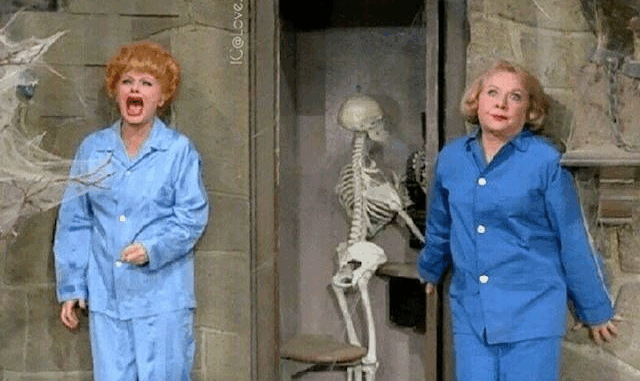
When I Love Lucy first aired in the early 1950s, it quickly became one of the most beloved sitcoms in television history, thanks largely to Lucille Ball’s unforgettable portrayal of Lucy Ricardo. But behind the show’s lighthearted humor and iconic slapstick comedy, there was a groundbreaking—and highly controversial—secret unfolding behind the scenes that forever changed television.
During the production of the show’s second season, Lucille Ball was pregnant in real life. However, pregnancy was virtually a forbidden topic on TV at the time, considered too risqué or sensitive to portray on screen. The networks and producers were deeply worried about how audiences might react, and feared losing sponsorships if the show included any reference to her condition.
For months, Ball was forced to hide her pregnancy from the public eye, wearing loose clothing and carefully positioning herself behind furniture or props during filming. This created enormous pressure, as the production team scrambled to figure out how to handle the issue without alienating viewers or jeopardizing the show’s success.
In a revolutionary move, the creators decided to write Lucille Ball’s pregnancy into the storyline, making Lucy Ricardo visibly pregnant on the show—something that had never been done before. The groundbreaking episode “Lucy’s Italian Movie” (Season 2, Episode 30) aired to huge public interest, showing Lucy navigating the trials and joys of pregnancy with humor and heart.
Despite the breakthrough, the decision came with significant risk. Network executives and advertisers were apprehensive, and rumors swirled about whether the episode would hurt ratings or cause backlash. But instead, viewers embraced this new reality, and the episode became one of the highest-rated TV moments of its time.
Lucille Ball’s bravery in confronting this taboo not only helped I Love Lucy remain a ratings powerhouse but also paved the way for television to realistically depict life’s intimate moments. It opened the door for future shows to explore pregnancy, family dynamics, and other real-life issues without censorship.
In hindsight, this bold choice stands as a pivotal moment in television history—showing how art can push societal boundaries and bring real-life stories to living rooms across America.
